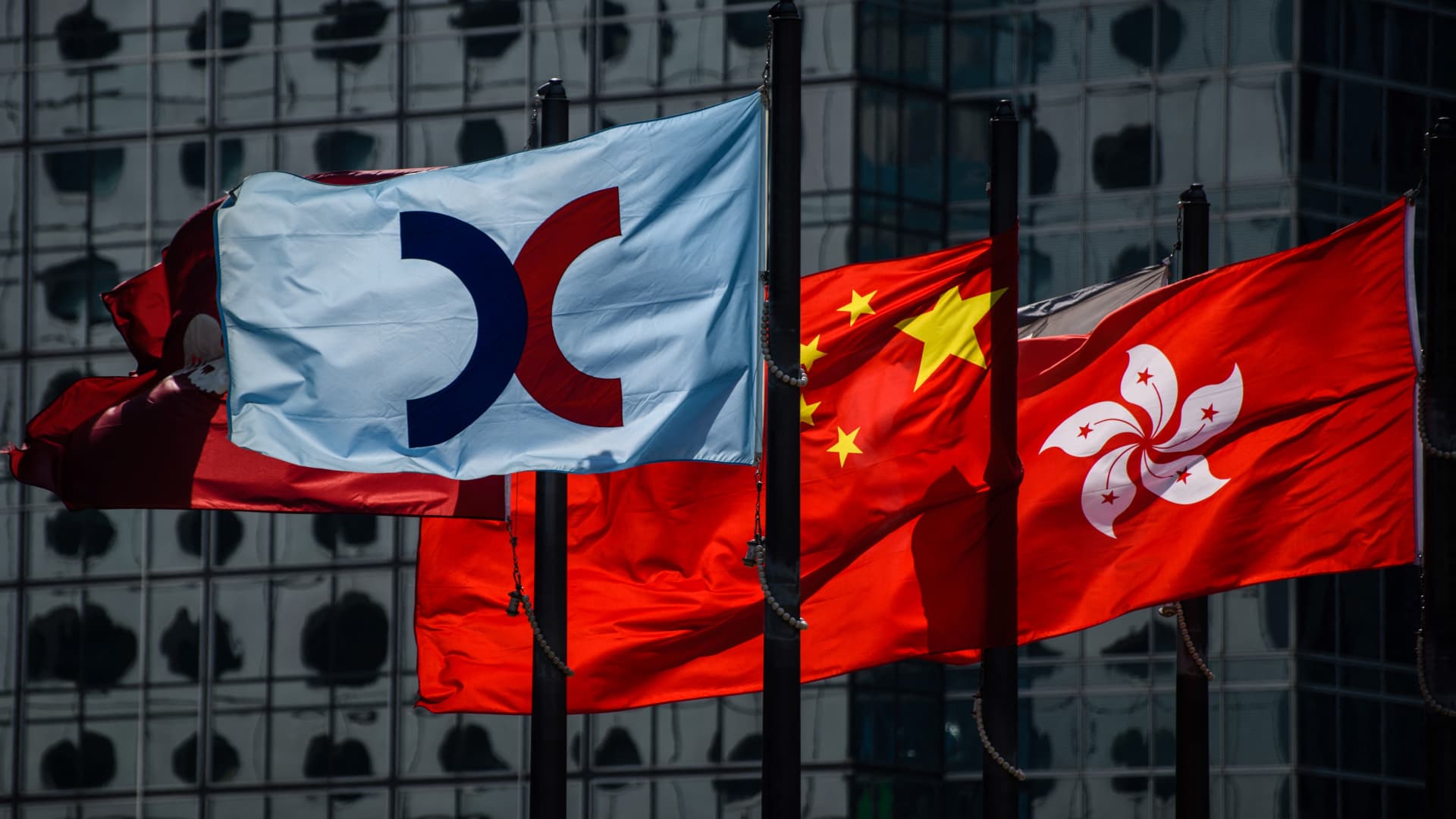
Investors have been fleeing Chinese markets in favor of others for much of this year, fearing the Asian giant’s weak economic recovery. Funds under the Chinese A-share and Chinese stock categories attracted net inflows of $4 billion and $2.5 billion, respectively, for the first half of this year — mostly driven by the first quarter, according to Morningstar data. That’s “far lower” than first-half flows into European and U.S. funds ($59 billion and $36 billion, respectively) and Asian funds that exclude China and India ($34.9 billion), Morningstar told CNBC Pro. In fact, in the second quarter, China-focused mutual funds suffered a net outflow of $674 million. In contrast, nearly $1 billion went into emerging market ex-China mutual funds, according to Refinitiv data that Reuters cited. “We have seen a ‘two speed’ market so far in 2023: China has disappointed, while the rest of [emerging markets] has performed quite well,” said Derrick Irwin, portfolio manager at Allspring Global Investments. He has an underweight position on China. “The recovery in China has been weaker than expected and quite lopsided,” he told CNBC. “Investors appear to be in a wait and see mode, after being burnt by Chinese policy in 2021.” In 2021, Beijing tightened its regulatory tightening as it cracked down on tech giants such as Alibaba, as well as property developers’ high reliance on debt, among others. Here are some alternatives to China and the stocks to invest in, according to the pros. Japan Japan stocks have been an investor favorite this year, seeing the highest inflows in 20 years, according to Eastspring Investments. Demand for Japan funds has surged among European investors, according to data from research firm Cerulli. Flows across actively managed Japan funds turned net positive in Europe in April, attracting $561 million of net new money across both mutual funds and exchange-traded funds. Both Eastspring and Cerulli are optimistic about this market. Despite the strong rally to date, there’s still more room for upside, said Eastspring’s head of Japan equities Ivailo Dikov and client portfolio manager Oliver Lee. “We are seeing plenty of opportunities in the value and mid cap space and will assess companies based on the through business cycles and sustainable earnings,” they wrote. “Japan is also well positioned to handle any fallout from any rising US-China tensions. Both China and the US are Japan’s key trading partners, with the latter supplying both countries with much needed technologies i.e., electrical components, materials, machinery etc,” they added. BofA said in an Aug. 4 note that it recommends beneficiaries of a weak yen, and value stocks in the near term, mainly exporters. The bank screened for Japan stocks with the following attributes: resilient earnings, price-to-book (P/B) ratio below 1.5, and potential P/B upside relative to return on equity. Some names that turned up are: Mitsui & Co , Honda Motor , Nomura , Kansai Electric Power , Mitsubishi Motors and Panasonic . Emerging markets A shift in global supply chain dynamics and China’s weakening export dominance is set to benefit some emerging economies, according to the pros. “Some of the money that has fled the Chinese market has gone to countries that directly benefit from China’s economic difficulties, such as India, Vietnam, and countries which look set to replace China in global manufacturing supply chains,” Joanne Peng, research analyst at Cerulli, told CNBC Pro. “Southeast Asia continues to benefit from supply chain restructuring, with companies opting for a ‘China plus one’ strategy to offset geopolitical risks,” she said, citing Indonesia for the electric vehicle supply chain, and Malaysia and Vietnam for electronics. Allspring’s Irwin said the reshoring of supply chains is accelerating and will be an important driver of investment in Southeast Asia and Mexico. “Further, we expect to see significant outward investment from China itself and [as] they cultivate closer trade ties with their neighbors,” he added. Irwin is overweight on Latin America, naming one Mexican stock pick — Fomento Economico Mexicano , a beverage and retail conglomerate. He said there are good growth opportunities for the firm, and its recent structuring “unlocks value.” He’s also bullish on India’s HDFC Bank, saying its recent merger with HDFC will “create important long term synergies.” Morgan Stanley recently downgraded China and upgraded India, naming its top picks. Will China make a comeback? Some believe that China could bounce back soon, however. “We think there is room for continued performance if we see follow up on stimulus plans,” Irwin said. “Given attractive valuations and poor sentiments, it would not take much to precipitate a rally in Chinese shares. So we could be set up for a strong second half of the year in risk appetite can be rekindled.” He named one Chinese stock he’s positive on: Vipshop , an online retailer focused on discount flash sales. He said it should benefit as economic growth remains sluggish. Cerulli’s Peng noted that China’s July 24 Politburo meeting “sent a signal to invigorate the capital market and boost investors’ confidence.” “In terms of sectors, the politburo meeting explicitly mentioned support for the platform business, which makes Chinese technology, media and telecom stocks particularly attractive among all stocks,” she said. “Policy support and valuations at multi-year lows have given these stocks plenty of room to rise.”
